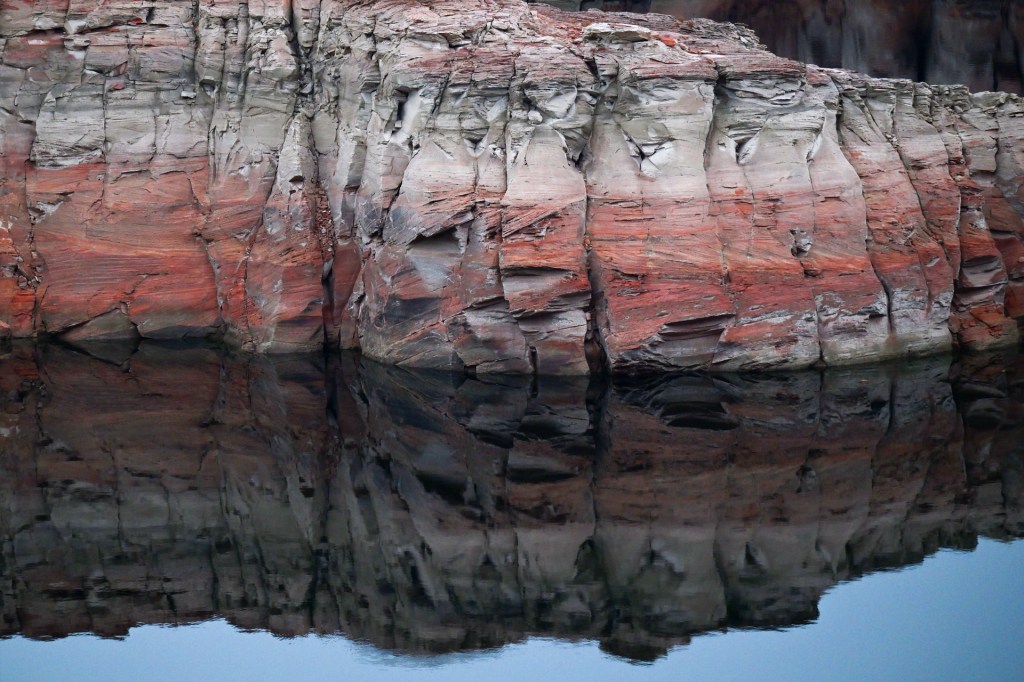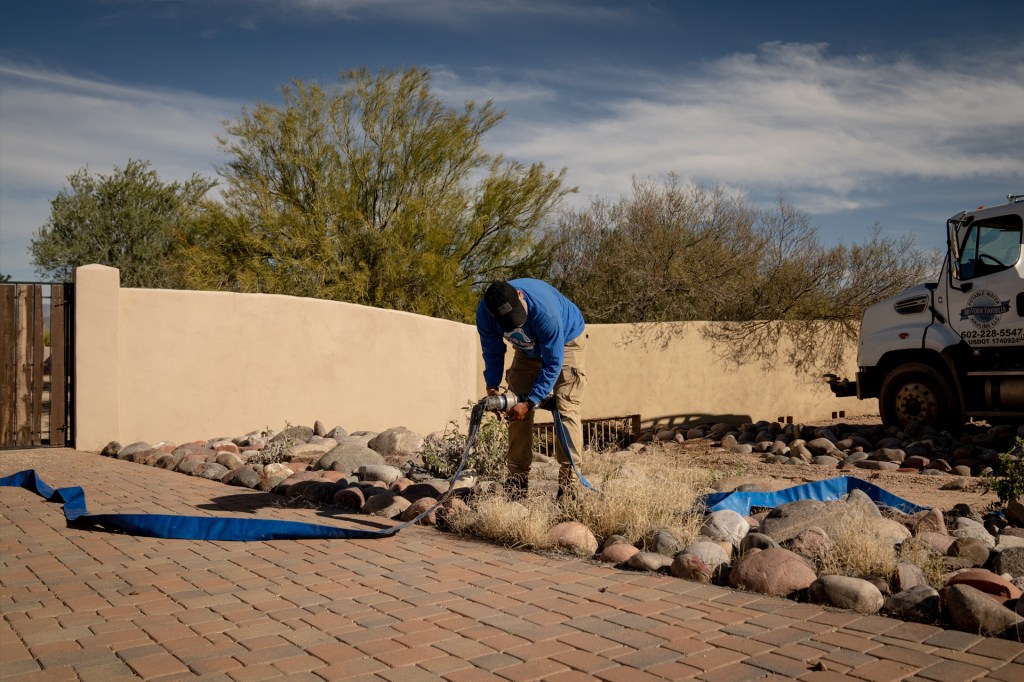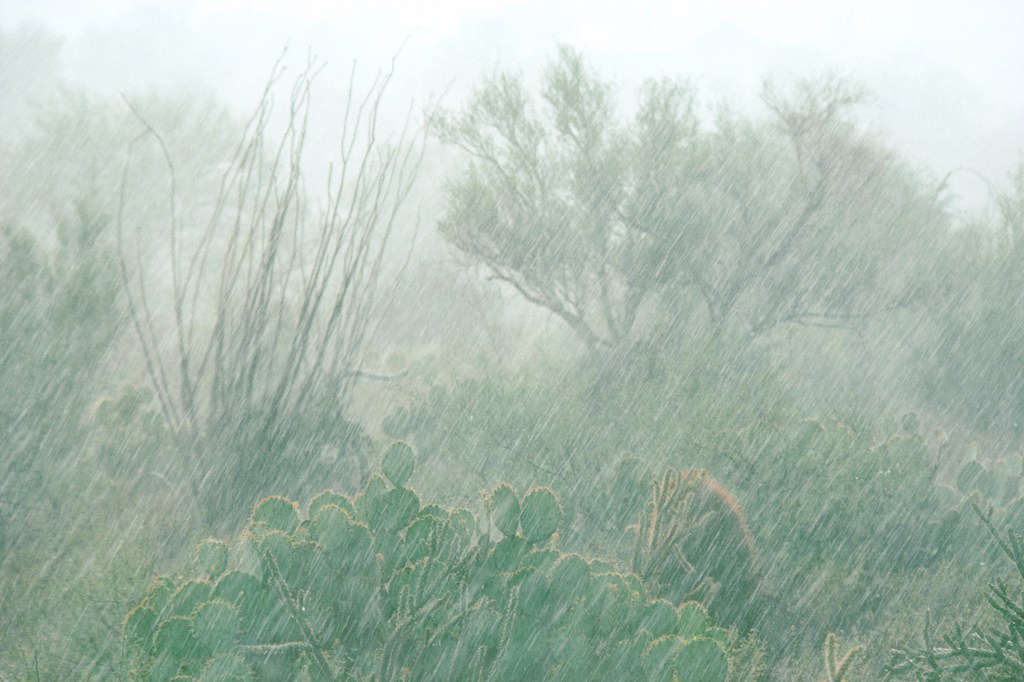Drying Up

In January, an Arizona desert community found itself in a nightmare situation: The water was cut off.
Rio Verde Foothills is made up of about 2,000 homes. For years, many in the community have relied on water trucked in from the nearby city of Scottsdale, which gets its water from the Colorado River. But the river is drying up. Scottsdale says it has to save water for its own residents. Now some people in Rio Verde Foothills must fend for themselves.

CUT OFF Some of the homes in Rio Verde Foothills can no longer get water from nearby Scottsdale.
ERIN SCHAFF—THE NEW YORK TIMESThe southwestern United States has experienced drought for more than 20 years. Water supplies are shrinking. Arizona has increasingly pumped water from underground, but that provides less than half of what the state needs. Meanwhile, tens of thousands of new residents arrive every year, and more communities like Rio Verde Foothills are built. One report shows that a large area near Phoenix doesn’t have enough groundwater for all the homes—enough for 800,000 people—that developers want to build there.
Some experts say the solution is to import import to bring something in from elsewhere (verb) We use cheese imported from Italy. water from outside of the state. One idea is to build a $5.5 billion desalination plant on Mexico’s Sea of Cortez. The plant would remove salt from the water and pump that water to Arizona through a 200-mile pipeline. Supporters say this could provide a drought-proof supply for decades.

DELIVERY TIME A trucker fills a tanker with water for Rio Verde Foothills.
THE WASHINGTON POST/GETTY IMAGESCritics see a different future. Imported water could cause environmental destruction. Margaret Wilder is a professor at the University of Arizona, in Tucson. She warns that big projects like this one could be used to justify “much more unsustainable unsustainable unable to be continued without doing permanent damage (adjective) Working 14 hours a day was unsustainable for Johnny. development in the desert in the future.”
Tough Choices

FILLING UP A water hauler fills a tank at a home in Rio Verde Foothills. Costs are up since Scottsdale cut off the supply.
ERIN SCHAFF—THE NEW YORK TIMESEnvironmentalists say the desalination project would harm the planet in several ways. Some of the salt taken out of the Sea of Cortez might end up back in the ocean, harming wildlife. The pipeline would damage land where people and animals live. And the desalination process uses lots of energy. This would create greenhouse gases, the very gases that are causing the conditions that have led to Arizona’s water problems.
Desalinating water would likely come at great cost to Arizonans. Cities pay about $50 to $150 for 326,000 gallons. That’s enough for a family of three in Phoenix for a year. Desalinated water could cost 20 times as much.

MAKING DO A mom in Rio Verde Foothills loads a dishwasher. The family uses paper plates to save water.
ERIN SCHAFF—THE NEW YORK TIMESEnvironmentalists say the government should focus on cutting water demand rather than increasing supply. That would mean promoting water-saving measures and limiting how many homes are built.
As more water problems like the one in Rio Verde Foothills crop up, Wilder says she’s hopeful that Arizonans will understand the risks of never-ending expansion into the desert. “We need to start asking questions when people present us with these unproblematic, carefree solutions to the water problem.”
Let It Rain

People in Tucson, Arizona, have found a solution to the city’s water shortage: rainwater. Thousands of households are collecting it and using it for cooking, for drinking, and in their gardens. Government leaders have taken notice.
The city now requires publicly built roads to capture stormwater. Tucson also helps residents pay for equipment that captures rainwater for home use. —By Brian S. McGrath












